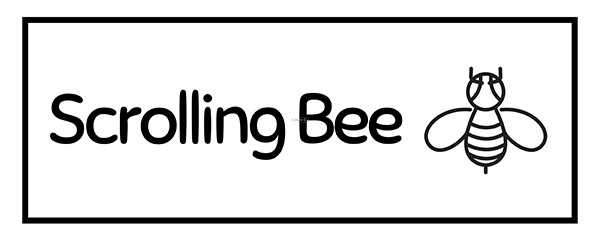Honey bee venom (HVB) also known as apitoxin is one of the substances found in a honey bee's venom apparatus.
It is a complex mixture of proteins and peptides mostly proteins composed of 22-carbon linear poly- amino acids, some nonproteinaceous components including flavonoids, enzymes, allergenic factors, minerals and organic acids.
The active principle has been purified from crude extracts to more than 90% purity consisting mainly of 10, 11- dihydro-5a- hydroxy 5a methyl 5h pyr id [4(3h)-one 2(1h)- ylidene butanenitrile].
HVB contains many active components which might react with tissues independently or even in combination with each other. The venoms of honey bees and some insect pests, such as yellow jacket or vespid, are physiologically similar in their effects with the exception that HVB causes erythema and blistering.
Honey bee venom is a complex mixture of proteins and peptides mostly proteins composed of 22-carbon linear poly- amino acids, some nonproteinaceous components including flavonoids, enzymes, allergenic factors, minerals and organic acids.
It contains many active components which might react with tissues independently or even in combination with each other. The venoms of honey bees and some insect pests, such as yellow jacket or vespid, are physiologically similar in their effects with the exception that HVB causes erythema and blistering.
